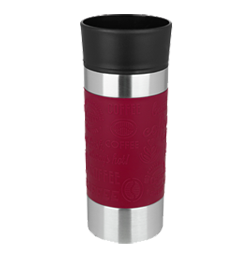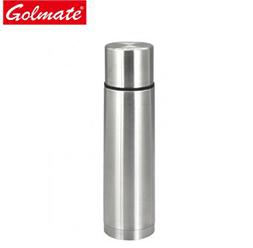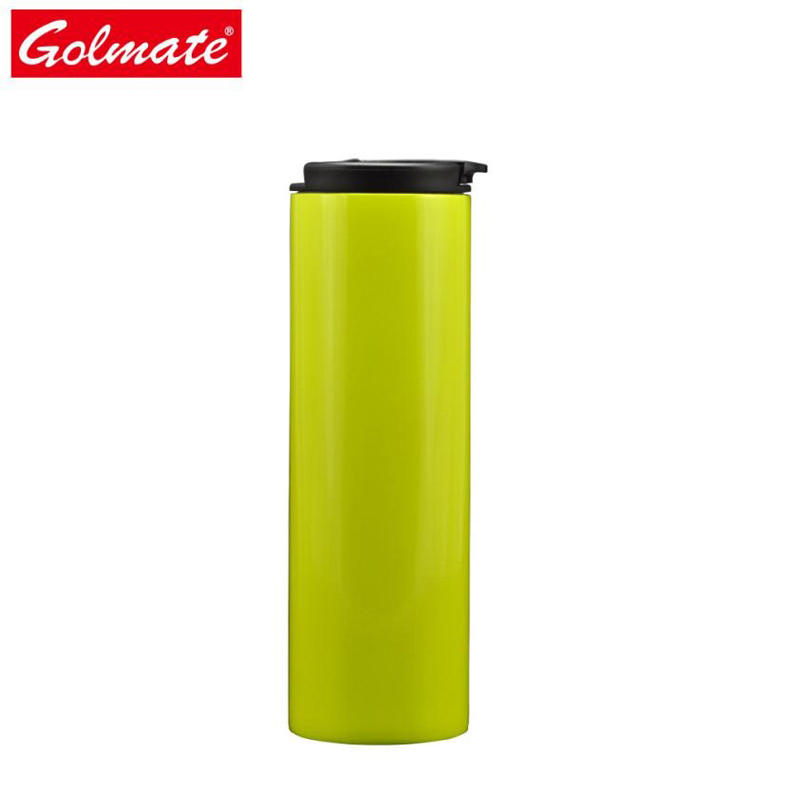WHAT ARE YOU LOOKING FOR?

Due to the cold weather, some people have begun to drink water from a thermos, especially office workers who like to keep a vacuum flask beside their desks. Do you usually drink water from a vacuum flask? Did you know that drinking water from a vacuum flask is also important?
So today Golmate is going to tell you what drinks can't be put in a vacuum flask. After understanding it, it will solve many people's troubles. Let's take a look at whether it can be used to store drinks such as coffee drinks in the vacuum flask.
The appearance of thermos is convenient for all people, and our commonly used vacuum flasks are generally stainless steel vacuum flasks.
Many years ago, Scottish physicist James Dewar invented this kind of vacuum jacketed container for storing liquefied gas - Dewar flask in his research in cryogenic physics.
In 1904, the German THERMOS company produced the first vacuum flask that could be used for heat preservation.

Most of the plastics of the thermos shell are made of polyethylene PE, because polyethylene is resistant to high temperature and is also non-toxic. In order to prevent water from flowing out, the tightness is increased. Generally, a sealing rubber ring is used.
Its raw materials are colorless and odorless, but in recent years, many vacuum flask manufacturers have changed to use colored ones, and it is stipulated that the baking paint must be lead-free paint.
The inner liner of some high grade vacuum flasks is made of "stainless steel", and the main components in it are iron, a small amount of nickel, chromium, and very little titanium, nitrogen and other elements.
Stainless steel has strong corrosion resistance and can withstand the erosion of weak corrosive media such as air, steam, and water, and maintain long-term corrosion resistance.

Some people pour hot milk directly into a thermos to keep warm and drink it slowly for the sake of convenience. In fact, this practice is a wrong behavior.
Because milk in the thermos will quickly multiply the vitamins in it, and even cause the milk to spoil, so pouring hot milk into the vacuum flask and drinking it will cause diarrhea and abdominal pain.
In addition, the milk will cause the nutrients to be destroyed in the case of high temperature, and even the acidic substances in the milk will chemically react with the inner wall of the vacuum flask, thus affecting human health. Here we recommend you our hot-selling product: milk vacuum flask, glass lined vacuum flask and bulk stainless steel coffee mugs.
The acidic beverages are basically fruit juice and fruit vinegar drinks. The content of acidic substances such as fruit acid and acetic acid is actually very small, and the acidity is relatively weak. In fact, it is difficult to corrode the stainless steel vacuum flask. It works, don't worry about it.
Nutrients such as vitamin C are destroyed when it exceeds 80°C, and the longer the soaking time, the more vitamin C is lost. So, it's not that juice can't be put into a vacuum flask, but that juice is not suitable for heating to too high a temperature.
If the vacuum flask is not cleaned in time or used improperly, a large number of bacteria will be hidden in it. There are many dead corners of hygiene, such as the inner tank and the gap of the bottle cap. It is difficult for the hands to touch these places during normal cleaning, so it must be cleaned.